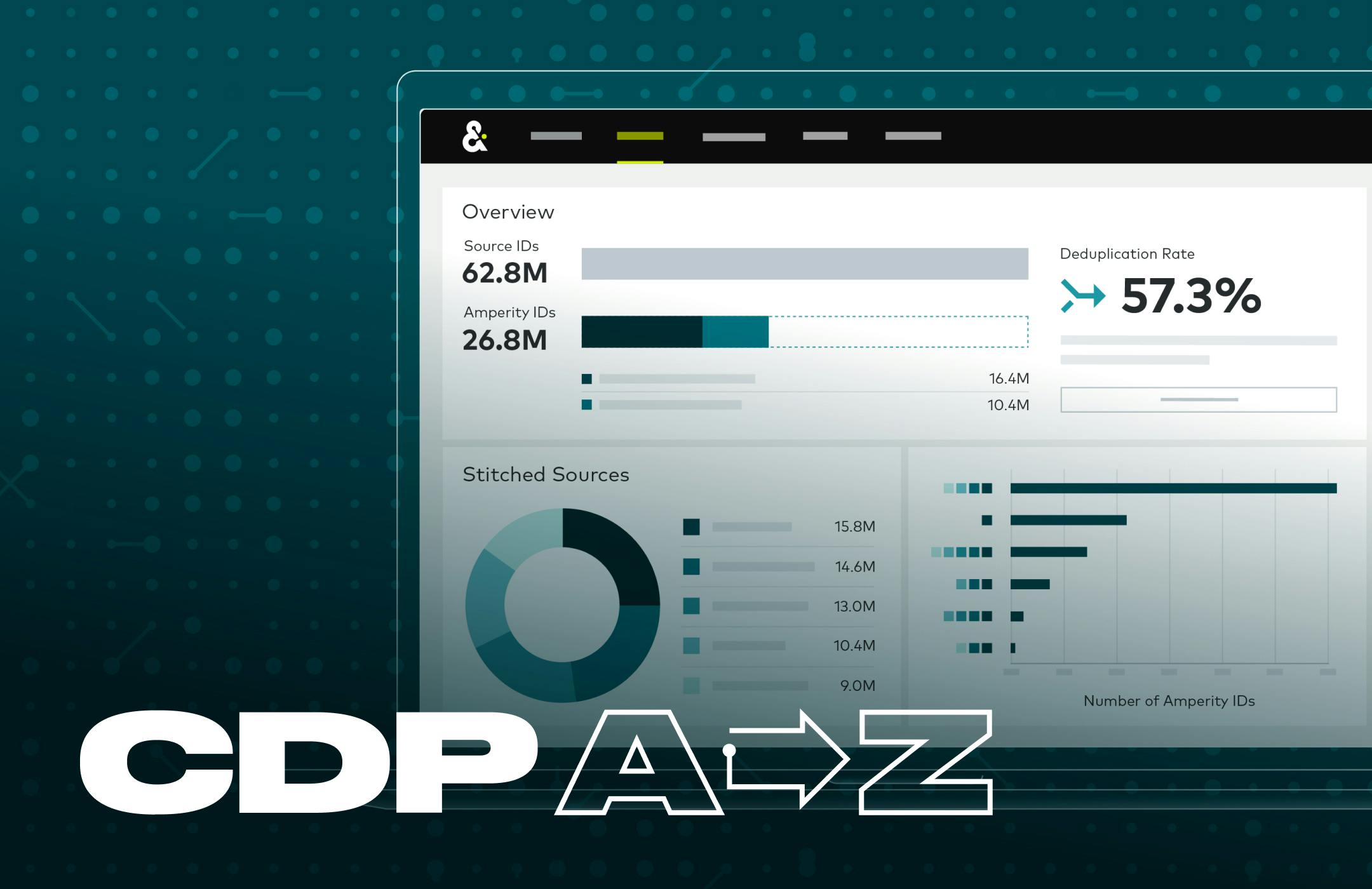Getting value from customer data and using it effectively is critical to business growth. As brands look for new ways to get the most out of their data, the data solution space has exploded and is flooded with options that present themselves as Customer Data Platforms (CDP). The problem is CDPs are not built equal, and it's essential to understand the critical differences between them to identify which solution will solve your specific customer data problem and need.
Rounding up the contenders
Most solutions are designed to solve a specific problem, not help brands get value from customer data. When figuring out the deluge of tools in the CDP category, it's simplest to break it down into three broad categories.
Data pipes and event routing tools: These are best at piping data around systems quickly but lack focus on making sure the data is accurate. They simply consolidate matching data and move it where it needs to go.
Activation and customer journey tools: These are intended to help marketers identify use cases and build cohesive programs around customer journeys. They often vary in their emphasis on the accuracy and robustness of a unified customer view which results in differing levels of success. Especially when building a customer journey because without concrete identity resolution, the customer data powering those journeys are often incomplete or inaccurate.
End-to-end tools: These tools focus on customer data and building a unified customer view, which means there is some emphasis on data accuracy and use cases that go beyond marketing. They can quickly move data to potential downstream partners for marketers, advertising, BI, and customer care.
What do all three of these options have in common? There's no focus on the super important part of the equation: the quality and accuracy of the first-party data.
CDP 101
With so many options in the market, what basic capabilities should you look for? This topic is complex because it requires thinking holistically about data management as a broad strategy.
A fundamental data management structure that can unlock business growth boils down to the following:
Data unification: Most customer data is trapped in disparate silos that don't communicate with each other, but to engage with their customers in a meaningful way, teams need unified data to truly understand them. A complete view of a customer should include the entire transaction history from online and offline purchases, rich PII (personally identifiable information), connected data from social channels, loyalty programs, clickstream, and any other source of customer information the brand might have.
Making the data usable: All of the rich customer data you have access to won't make an impact if it's not usable — that means combined into a unified view of the customer that supports all parts of the business to accelerate time to value by giving Marketing, Analytics, IT, etc. access to the data they need.
Identity resolution: Now that you have your view of the customer, you can make that foundation even more robust by comparing different data points and identifying if they represent the same "entity" or person. Done right, it makes a whole range of valuable use cases possible. Ones that revolve around being able to make sense of chaotic customer data, including website conversion and retargeting, improving customer service interactions, and helping marketers craft more relevant experiences.
Data routing/piping: With a complete view of your customer ready, it’s time to put the data to work by connecting it to the marketing and technology tools your teams use. A trusted, unified customer data foundation that can be easily formatted, regardless of the destination, is critical for smoother workflows and effective outcomes.
Turning data into gold
Now that we've covered what a CDP should do, what extra touches make a platform stand out from the crowd? Here are three areas to consider when evaluating your current solution or others you're considering:
Ease of Use: How easily does the platform bring in ALL of the data and make it usable within the timeframe you need?
Flexibility: Does the platform make the data accessible and usable to teams throughout the organization?
Does marketing have access, or do they have to wait for someone to pull the data for them?
Does IT have the ability to build role-based views?
If the organization is complex (geographically or multi-brand), can the platform handle the needs of those different teams?
Are the data views built with the user in mind?
Accessibility: If the CDP is the new system of record for customer profiles, can it easily feed that information everywhere that needs to be hydrated and click seamlessly into your tools?
Some CDPs are built different
No matter the size or type of business you have, using customer data and gaining valuable insights from it is critical. While CDPs are similar in nature, they are not all created equal — finding the right solution that provides confidence in your customer data is the key to unlocking business growth.
To hear a full discussion on this topic, check out our webinar "CDP A to Z: Not All Customer Data Platforms Are Alike; How to Pick the Right One For Your Brand."
